Smartphone Battlefield – Fast Charging
On the negative side, Lithium is highly reactive to water, creating hydrogen gas which is flammable, so lithium based batteries are carefully encased to avoid contact with water or humidity and mixed with polymers rather than a liquid electrolyte (Li-Po). On the plus side, they are environmentally safer than Ni-Cad batteries, which they have come to replace, as cadmium is a highly toxic metal. However they are relatively expensive as much of the material used in the production process is flammable and requires equipment designed to be explosion-proof, but have little self-discharge, which means they can be stored for long periods without losing a charge.
Both battery types have the same power delivery, meaning an 18W Li-Po and an 18W Ni-Cad are equal in the amount of power they can deliver to a device, however Ni-Cad batteries have a ‘memory’ issue, remembering the point at which recharging began, and dropping the voltage to that point even if it is fully charged, which is why users of Ni-Cads are instructed to let the battery discharge fully before recharging. Li-Po batteries have a much smaller ‘memory’ effect and can be charged at any point without major voltage drop, but require a built-in protection circuit to limit peak voltages on charging and monitor temperature, which adds to their cost, but can be shaped to fit small or unusually shaped spaces inside mobile devices.
But none of this matters when your battery is running out and you need your phone, and all of the hardware in smartphones, especially in 5G phones, can draw down batteries quickly, so one would expect the largest batteries to be in high-end 5G smartphones, however that is not the case, as the 10 smartphones with the largest batteries (7,000 mAh) are all 4G phones priced at $500 or less, a number of which are designed for emerging markets rather than mature markets where flagship phones are most popular.
One thing that seems to be a limiting factor for batteries is the physical size of the phone itself as the additional features in high-end smartphones require additional hardware, all of which competes with the battery for space, so designers are always trading off battery size against feature sets. But there is another factor that can help in the battle to keep smartphones charged and that is the charger itself. More powerful chargers are a way for brands to differentiate themselves and decrease charge times, so at least if you can’t fit in the world’s largest battery, you can change the phone quickly. This is a place where Chinese brands excel and have been leading the charge (sorry) toward faster charging capabilities. Of the 18 smartphone brands that come with smartphone chargers that are 100W or greater, all are Chinese brands, with the average charger for an iPhone 13 series or a Samsung (005930.KS) Galaxy S21 being between 20W and 25W. Among the highest power chargers we have seen are the 120W charger supplied with the Xiaomi (1810.HK) 11T Pro that was released in October, which is said to charge to 100% in 17 minutes (5000 mAh Li-Po battery)
But speed is not the only criteria for charging, as the iPhone standard charging system doesn’t run at full power until it is at 50% charge and then begins to limit power as it reaches 70% limiting a full charge (from 0%) to 1hr. 56min. for an iPhone 13. But higher power chargers, which charge faster also have some drawbacks, which are not usually mentioned in publicity literature. The reason the iPhone charger reduces power as it gets closer to full charge is that the stress on the battery increases as it charges and limiting the voltage can reduce that stress. Higher power ‘quick chargers’ do just this, pushing higher voltages when the battery is near zero, and then backing off as the charge increases. Most rapid charger literature focuses on 10min or 30min. charge times just for that reason and 120W chargers have become commonplace over the next year as charger materials change and become more efficient, growing the ‘fast charger’ market 2.6 times between 2020 and 2022[1].
While the good news is that the voltage limiting circuitry inherent in Li-Po batteries will keep you from overcharging and damaging your smartphone’s battery, you should still not let your battery go to zero if possible as it causes a chemical reaction that can shorten the battery life over time, although most phones will warn you a number of times before you approach zero, and batteries that are designed for higher voltage charging have thicker layers that keep the higher charging voltages from damaging the battery, which also limits their power. All in, the battle for product differentiation concerning smartphones seems to be migrating toward keeping your phone on for as long as possible and in this case, it seems the consumer is the winner. That said, both Samsung and Apple (AAPL) now make you buy a charger rather than including one with a new phone. There is no free lunch.
[1] Trendforce data





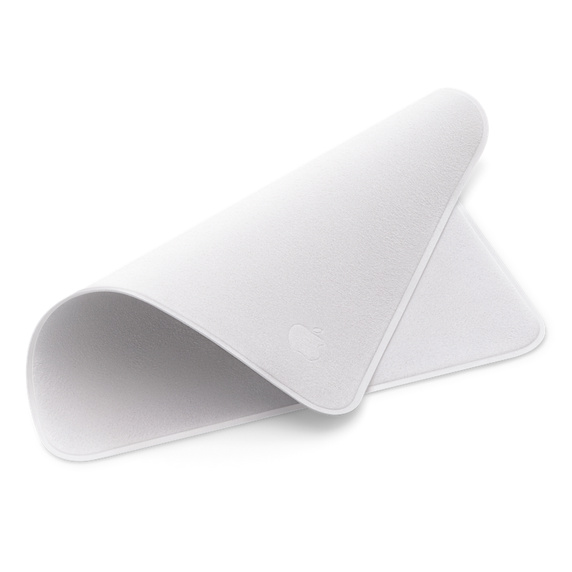
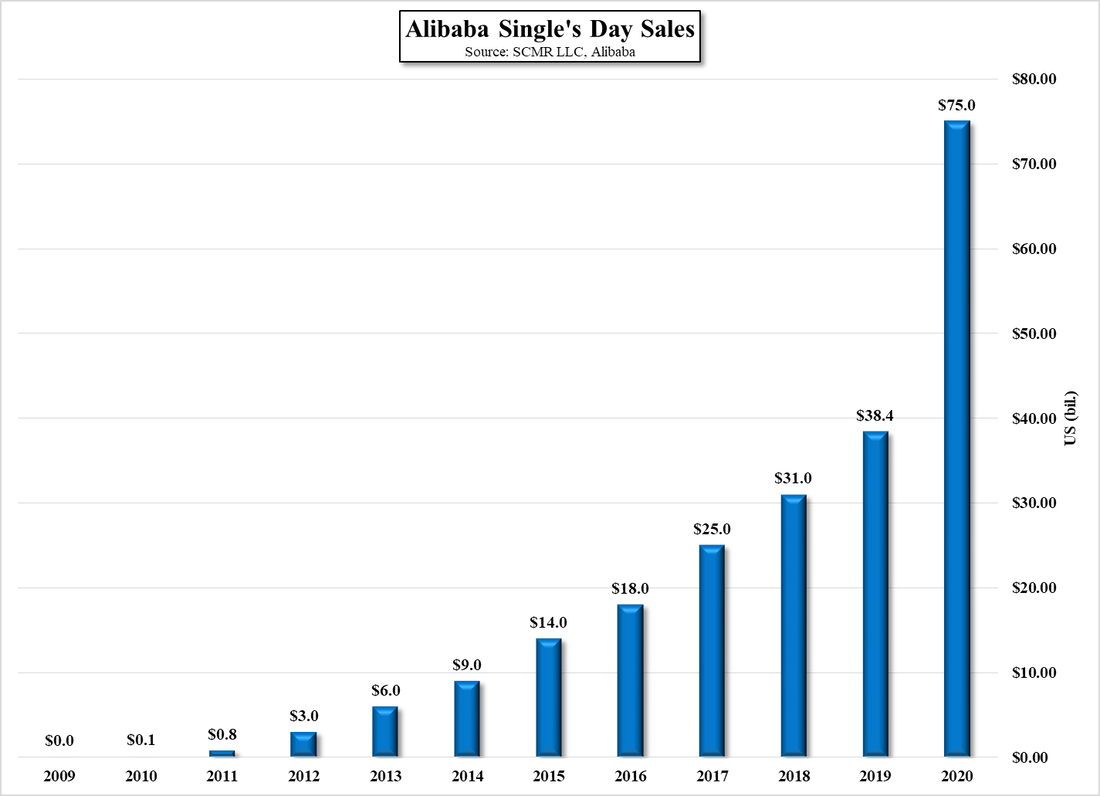

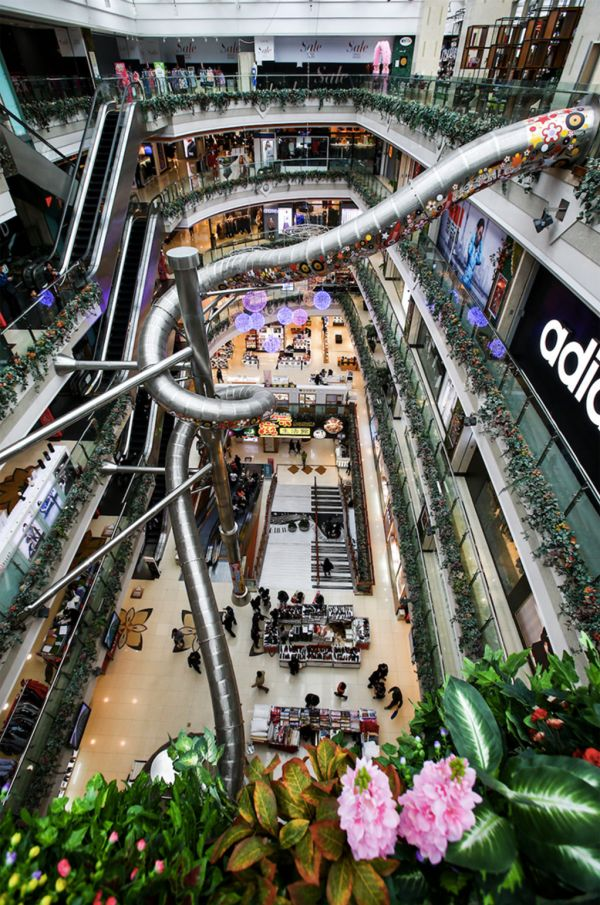





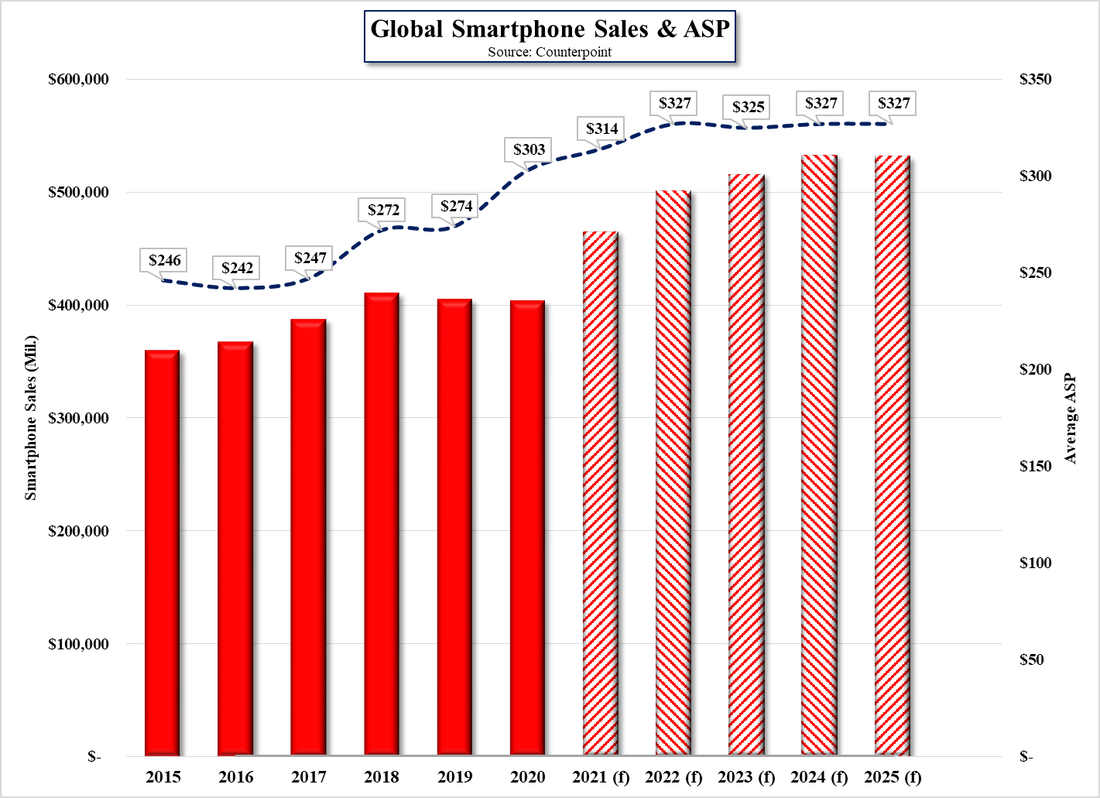
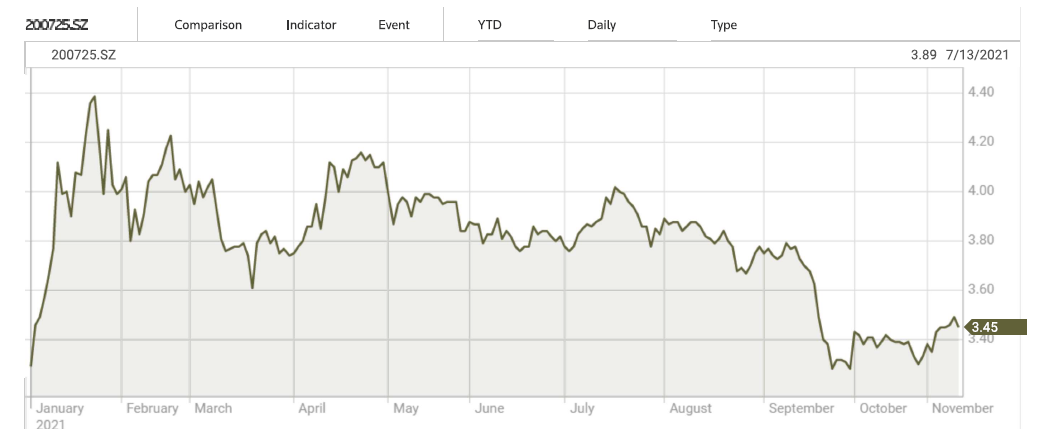
 RSS Feed
RSS Feed